Introduction
In the vast realm of culinary ingredients, few possess the delicate elegance and nutritional prowess of white fungus, also known as Tremella fuciformis or silver ear fungus. This edible mushroom has been cherished in Asian cuisines, particularly in China, for centuries due to its unique texture, mild flavor, and myriad health benefits. From soothing soups to decadent desserts, white fungus adds a touch of sophistication to any dish while providing essential nutrients that promote overall well-being. However, to fully harness its culinary and nutritional potential, it is crucial to understand the proper preparation techniques, particularly the soaking process. This article delves into the optimal soaking time for white fungus, exploring the science behind it, the impact on taste and texture, and practical tips for achieving perfect results.
Understanding White Fungus
Before discussing the soaking process, it’s essential to grasp the basics of white fungus. This gelatinous mushroom grows naturally on dead or decaying wood, primarily in tropical and subtropical regions. Its appearance resembles a cluster of tiny, translucent jellyfish, with a soft, smooth texture and a faintly sweet aroma when cooked. Nutritionally, white fungus is a rich source of polysaccharides, vitamins, minerals, and antioxidants. These components contribute to its ability to enhance immune function, moisturize the skin, aid in digestion, and even support cardiovascular health.
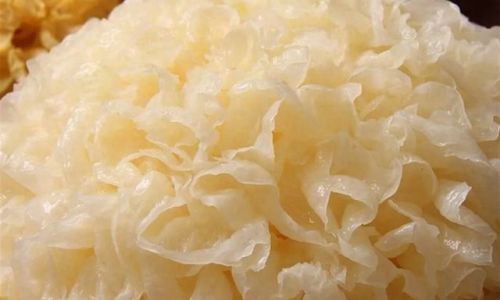
Why Soak White Fungus?
Soaking white fungus is a vital step in its preparation, serving several purposes:
- Hydration: Dry white fungus, often sold in compressed blocks or pieces, needs to be rehydrated to restore its natural texture and flavor.
- Cleaning: Soaking helps remove any dirt, debris, or impurities that may be present on the surface or within the crevices of the mushroom.
- Softening: Proper soaking softens the fungus, making it easier to cook and ensuring a pleasant mouthfeel in the final dish.
- Enhancing Flavor: Soaking allows the mushroom to absorb water, which in turn helps it release more of its natural flavors during cooking.
The Optimal Soaking Time
Determining the optimal soaking time for white fungus involves several considerations, including the type and size of the mushroom pieces, the water temperature, and the desired texture and cooking application. Here’s a detailed breakdown:
Cold Water Soaking
Cold water soaking is the most traditional and recommended method, as it preserves the mushroom’s delicate texture and flavor. The general guideline is to soak white fungus in cold water for approximately 2 to 4 hours. This allows the mushroom to gradually absorb water, expanding to its full size without becoming overly soft or mushy.
- For Compressed Blocks: If you’re using compressed blocks of white fungus, start by breaking them into smaller pieces to facilitate even soaking. Soak for 3 to 4 hours, or until the pieces have fully expanded and softened.
- For Loose Pieces: Loose, pre-cut pieces of white fungus may require less soaking time, typically 2 to 3 hours. Check the pieces periodically to ensure they haven’t over-soaked.
Hot Water Soaking
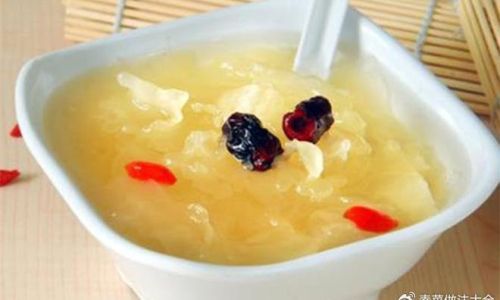
While less common, soaking white fungus in hot water can speed up the process, especially if you’re in a time crunch. However, it’s crucial to monitor the soaking closely to prevent the mushroom from becoming too soft or losing its structure.
- Boiling Water Method: Place the white fungus in a bowl and pour boiling water over it. Allow it to soak for about 15 to 20 minutes. This method is suitable for loose pieces or smaller, thin slices.
- Warm Water Method: For a gentler approach, use warm tap water (not boiling) and soak for 30 minutes to 1 hour. This is better suited for larger pieces or compressed blocks that need more time to soften evenly.
Microwave Soaking
An unconventional but effective method, microwave soaking can drastically reduce the time required. Place the white fungus in a microwave-safe bowl with enough water to cover, and microwave on low power (e.g., 30% power) for 2 to 3 minutes. Let it sit in the microwave for an additional 5 to 10 minutes to finish soaking. Be cautious with this method, as over-microwaving can quickly turn the mushroom into a mush.
Factors Affecting Soaking Time
Several variables can influence the optimal soaking time for white fungus:
- Quality and Age: Fresher, higher-quality white fungus tends to soak faster and retain its texture better than older or lower-quality varieties.
- Water Temperature: As mentioned, higher water temperatures speed up the soaking process but require closer monitoring to prevent over-soaking.
- Piece Size: Smaller, thinner pieces soak faster than larger, thicker ones. Adjust soaking time accordingly.
- Desired Texture: If you prefer a firmer texture for your dish, soak for less time. For a softer, more tender result, soak for longer.
Post-Soaking Preparation
Once the white fungus has soaked to your liking, it’s time to prepare it for cooking. Here are some steps to follow:
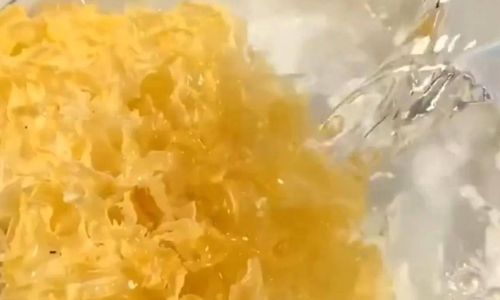
- Drain and Rinse: Remove the soaked mushroom from the water, drain thoroughly, and rinse under cold running water to remove any remaining impurities.
- Trim and Cut: Depending on your recipe, trim off any hard or unappealing parts and cut the mushroom into desired shapes and sizes.
- Cooking: White fungus can be cooked in various ways, including boiling, steaming, stir-frying, or simmering in soups and stews. Cook until tender but not overly soft, as its texture should still hold some integrity in the final dish.
Health Benefits and Culinary Applications
The nutritional profile of white fungus makes it a valuable addition to any diet. Its polysaccharides, particularly beta-glucan, have been shown to boost the immune system, while its high fiber content aids in digestion. Additionally, the antioxidants present help fight inflammation and promote skin health.
In the kitchen, white fungus is incredibly versatile. It can be used as a base for creamy soups, blended into smoothies for added texture and nutrition, or incorporated into desserts like chia pudding or coconut milk ice cream. Its mild flavor pairs well with a wide range of ingredients, making it an excellent choice for both savory and sweet dishes.
Conclusion
Mastering the soaking process for white fungus is key to unlocking its full potential in the kitchen. By understanding the optimal soaking time, considering various factors that affect it, and following proper preparation techniques, you can ensure that your white fungus dishes are not only delicious but also nutritious. Whether you’re crafting a soothing soup to nourish your body or a decadent dessert to delight your taste buds, white fungus offers a unique and delightful way to elevate your culinary creations. So, the next time you reach for that block of white fungus in your pantry, remember: patience and precision in soaking will pay off in a dish that’s as satisfying to prepare as it is to enjoy.
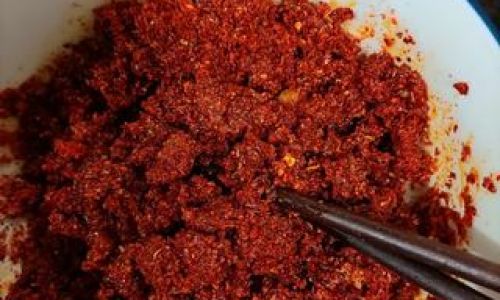
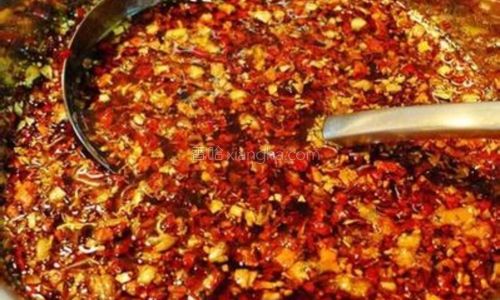
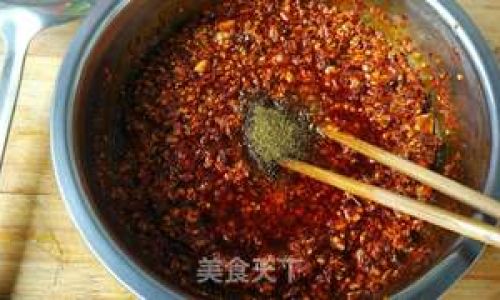
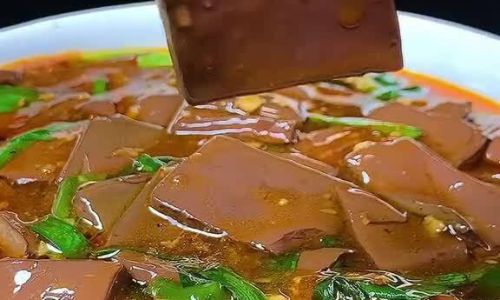
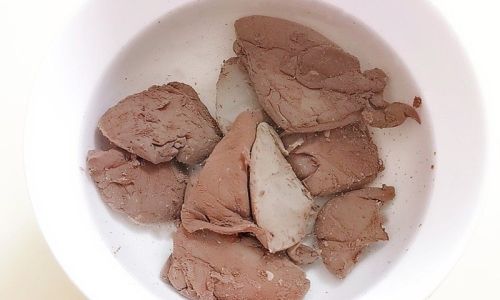
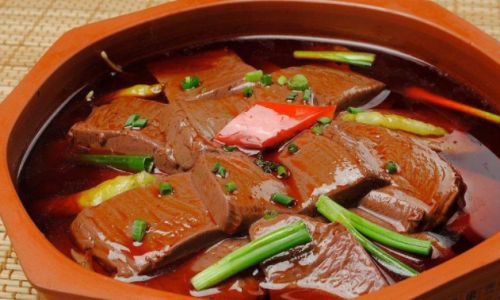
0 comments